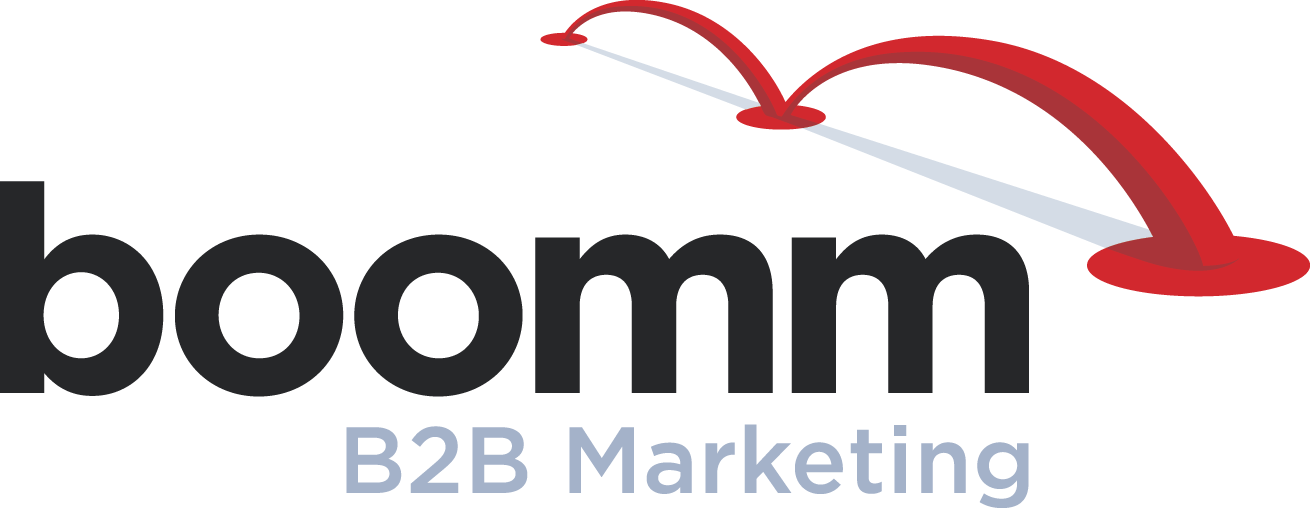B2B Lead Generation Best Practices: How Do You Compare?
What will $272 get you? One three-day pass to Lollapalooza, if you snagged it before they sold out. A decent dinner for two if your gastronomic bar is not set ridiculously high. Or, a qualified lead, if you’re an average B2B marketer.
According to Advertising Age‘s 2014 B-to-B Marketing Fact Pack, $272 is the average cost of a qualified lead, up 10% over the previous year. Given the cost it takes to obtain that quality lead, it’s useful to look at what the report identifies as B2B lead generation best practices, as well as how marketing peers judge the performance of their lead generating initiatives.
What Qualifies a Qualified Lead?
So, how do B2B marketers evaluate a successful sales lead conversion? The Advertising Age research report shows a wide range of criteria, from simply Followed Or Liked On Social Media to Requested A Sales Contract. Here’s the B-to-B Marketing Fact Pack list of minimum criteria for a lead:
 Requested a Sales Contract 76%
Requested a Sales Contract 76%- Called In 59%
- Contacted Organization Through More Than One Channel 49%
- Requested White Paper or Other Content 43%
- Accepted By Sales 41%
- Qualified by Telemarketing Team 35%
- Attended a Webinar 35%
- Visited Site 30%
- Achieved a Threshold Lead Score 25%
- Followed or Liked Organization on Social Media 18%
Let’s take a look at this list again. While some of these qualification criteria represent more value than others in terms of desired outcomes, they are not mutually exclusive — and shouldn’t be. B2B lead generation best practices should include the achievement of multiple milestones over the course of the lead nurturing process.
Within an overall lead scoring program or marketing automation platform, a sales contact relationship should be tracked and nurtured throughout various brand touches, so that the relationship may deepen and ultimately conclude in a lead-to-sales conversion. What’s more, by applying a content strategy against these benchmarks, there is opportunity to modulate the content to match a prospect’s information needs, based on where he or she is in the decision-making cycle.
The Lead Gen Tool Kit
The Fact Pack reports the methods B2B marketers find most effective in generating leads, with Sales Calls (57%), Email Newsletters (53%), and White Papers (50%) leading the pack. Following are: Research-Based/Thought Leadership Content (48%), Webinars (45%), Videos (43%), Teleprospecting (31%), Social Media (29%), Direct Mail (29%), Blog Posts (27%), Infographics (21%), Podcasts (10%), and Advertorial/Infomercial Content (9%).
One tactic not found on this list, which has proven effective for both our agency’s self promotion efforts and our client campaigns, is what we call a “content kit.” In numerous content marketing campaigns, we’ve identified a strategic, audience-relevant topic, and packaged a variety of content materials in an array of media formats into high-value content kits, which we’ve even branded for extra impact. For example, a recent kit we developed included a white paper, infographic, workbook and educational video, all used to help the target audience understand and address recent federal regulation updates. (You can link to the case study here.)
The benefits of offering a smart content package are manifold. First, content kits offer a perceived value that’s significantly higher than a single white-paper, how-to video or infographic. This, of course, supports the goal of optimizing total contact conversions.
Second, by incorporating multiple media formats, our prospects can get information in ways they find most useful or easy to consume. Content kits can be rich in video, textual or graphical information, allowing for the reinforcement of ideas, as well as deeper exploration of the topic.
Finally, just as content can be bundled into a cohesive strategic package, content elements can be unbundled for repurposing across a spectrum of channels — blog and social network posts, email offers, trade articles, etc. This can greatly extend the reach of a content campaign.
Setting a Path for Success
The Ad Age report also identifies a number of ways that marketers apply metrics to lead generation programs to gauge performance. These include Return On Investment, Closing Rate, Qualified Lead Value, Cost Per Lead, Overall Lead Volume, Percent Of Qualified Leads, Average Deal Size, Cost Per Acquisition, and Time To Close. Given the fact that B2B marketing practitioners report a 31% return on investment from their lead gen programs, it makes sense to adopt a more robust and integrated set of B2B lead generation best practices.


